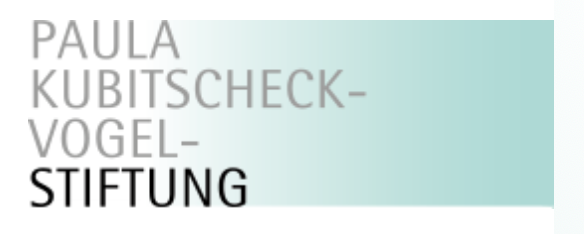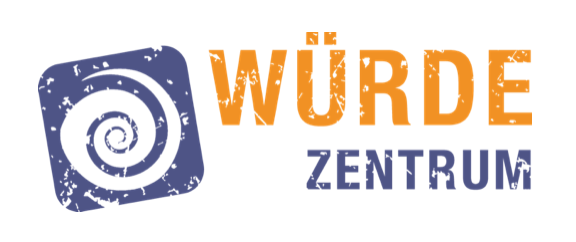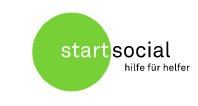Last Aid

Welcome to the 4th international Last Aid conference in Cologne at September the 5th to september the 6th 2024
BOOK HERE
Know how it works in the end
The end of life and death of our relatives, friends and neighbours often makes us feel helpless. The ancient knowledge that helped accompany us in our deaths in the past has been gradually lost with industrialisation.
To regain this knowledge, we offer a short „Last Aid“ course.
In these Last Aid courses interested citizens learn what they can do for those close to them at the end of their lives.
Short guide for the caregiver
We offer practical guidance and teach simple moves. Caring for the dying is not a science. It‘s possible within the family and the neighbourhood.
We want to provide basic knowledge and encourage people to turn to the dying. Because affection is what we all need most at the end of life.
Last Aid, the ethos
„You matter because you are you, and you matter to the end of your life. We will do
all we can, not only to help you die peacefully, but also to live until you die.“
Dame Cicely Saunders, Founder of the modern hospice movement
At present Cicely Saunder’s words encompass the modern hospice movement. Last Aid takes these words, along with the ethos, and teaches what death and dying is to the whole society.
Presently death and dying are subjects which are difficult to talk about. Breaking down these taboo’s is part of the work of Last Aid. The end of a life is a difficult situation, having the tools to confidently and compassionately reach out, take someone’s hand and support them through their life, and into death.
The end of life and death of our relatives, friends and neighbors often makes us feel helpless. The ancient knowledge that helped members of a community accompany us in our deaths in the past has been gradually lost with industrialization.
To regain this knowledge, we offer a short “Last Aid” course that only lasts about four hours on only one afternoon or evening.
In these courses interested community members learn what they can do for those close to them at the end of their lives.
In our Last Aid courses we teach both:
Last Aid, an outstanding project
Our Last Aid courses have been awarded numerous prizes.
Prize from the Deutsche Gesellschaft für Palliativmedizin (German Society for Palliative Medicine)
In 2015 Last Aid won the „Recognition and Advancement Prize for Outpatient Palliative Care“. Last Aid has made a special contribution to the development of palliative care in the outpatient sector.
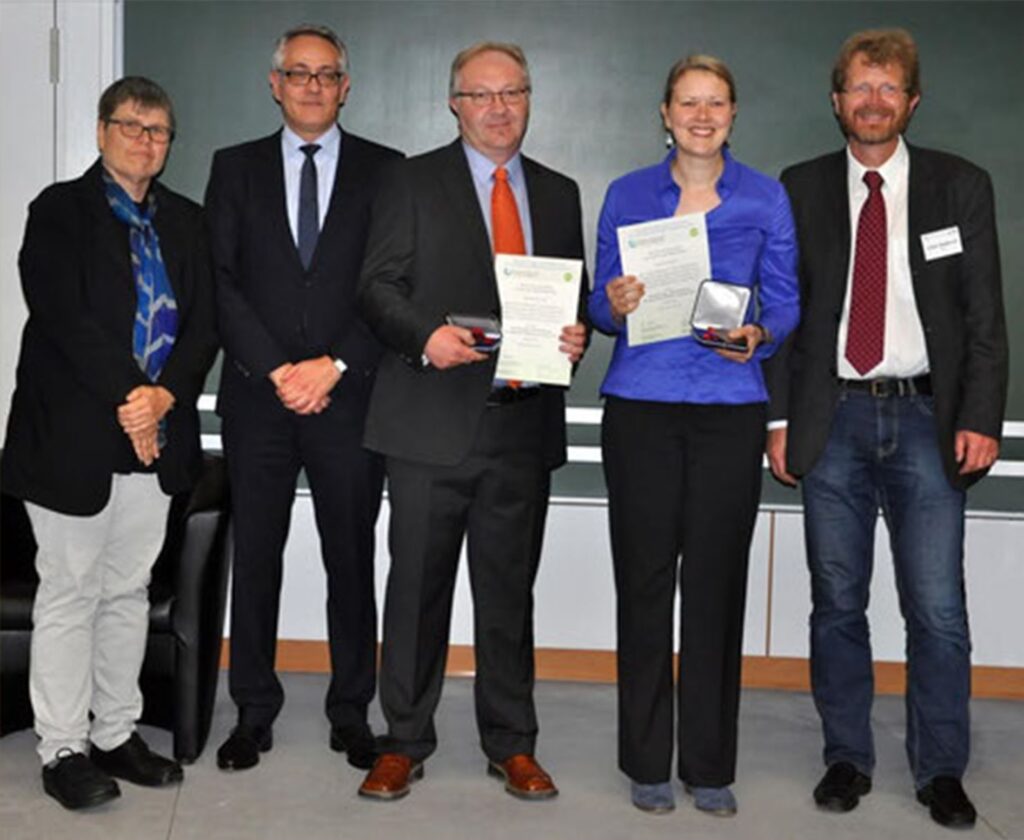
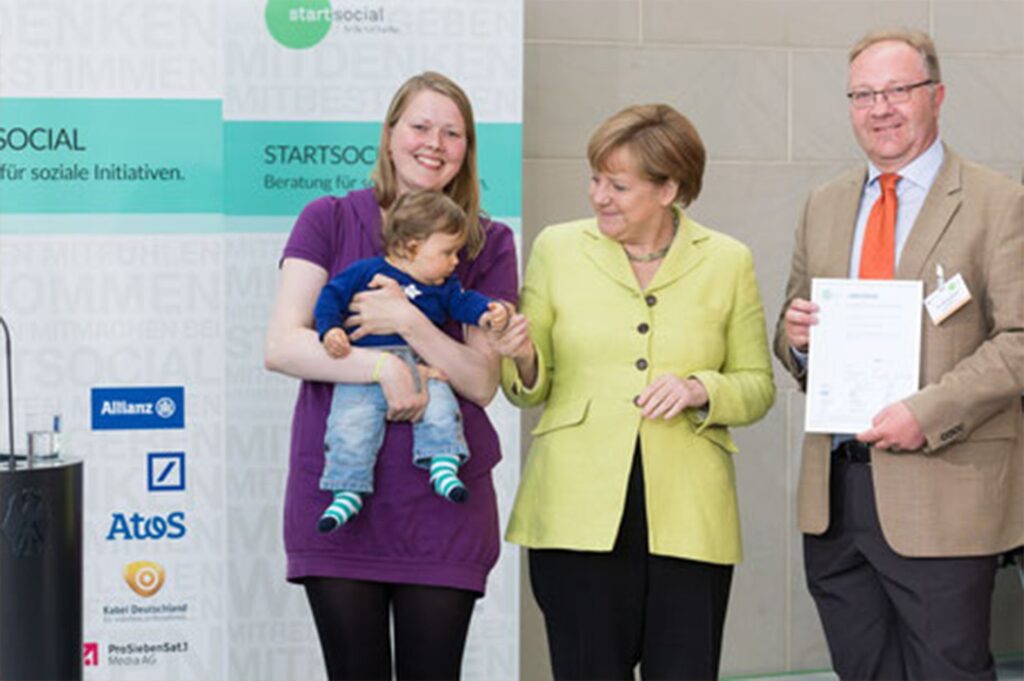
Startsocial
As a participant in the nationwide competition Startsocial, we were invited to the Chancellor’s Office in 2015 and honoured by Chancellor Merkel for being one of Germany’s best civic projects. It was an exciting day and our Last Aid courses have since become very popular.
In addition, we’ve received various awards at the international Palliative Care Network Conference in 2012 and 2015 and for the participation in the HelferHerzen (HelperHeart) 2016 project.
Kids & Teens at Startsocial
In 2021/2022 we participated in the startsocial competition with our project Last Aid Courses for Kids and Teens and were again honored as one of the best social projects in 2022, this time by the German Chancellor Olaf Scholz.
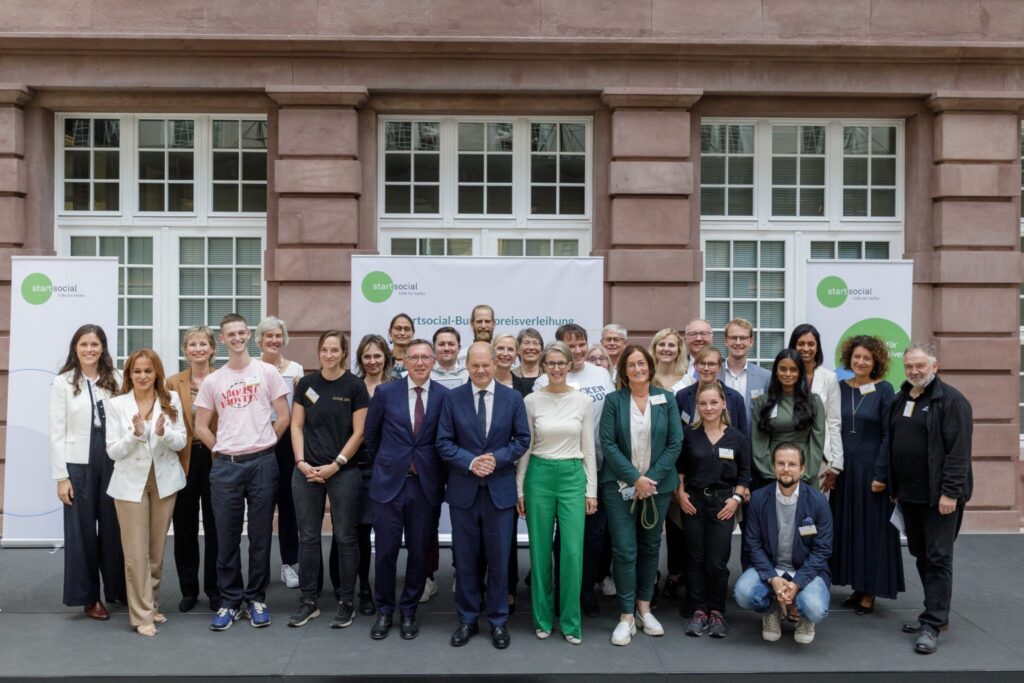
Origin

The idea of a Last Aid Course was first described by Georg Bollig in 2008 as part of his Master Thesis for the Master of Advanced Studies (MAS) in Palliative Care. The work is available since 2010 in the LIT publishing house as a book:Palliative Care für alte und demente Menschen lernen und lehren
After the first description, the idea and the courses were presented at numerous events and congresses. The first Last Aid courses were held in Norway in 2014 and in Germany and Denmark in 2015. Further information on the history of the courses can be found in a review article by Bollig and Heller (2016): The last aid course – A Simple and Effective Concept to Teach the Public about Palliative Care and to Enhance the Public Discussion about Death and Dying

Chain of palliative care
History

Henry Dunant, the founder of the International Red Cross and Red Crescent Movement, stood by the dying on the battlefield of Solferino. There he provided first aid as well as last aid. In a report on the work of Henry Dunant after the Battle of Solferino in 1859 it says: „Dunant tried to help to the best of his ability. He knelt beside severely wounded people who begged him to stay by their side until their last breath so that they would not die alone.“
(Buk-Swienty: Slagtebænk Dybbøl, Gyldendal; translated from Danish by G. Bollig)
What is Last Aid?
Designed in 2008 by Dr. Georg Bollig as an emergency care physician and consultant in Palliative Medicine he recognised that there was training in First Aid, but no comparable training for those who are at the end of their life. This led to an idea, Dr. Georg Bollig defined First Aid and Last Aid as follows:
First Aid: Measures to help with acute injury and illness with the primary goal of ensuring the survival of those affected.
Last Aid: Measures to help in the case of life-threatening diseases with the primary goal of alleviating suffering and maintaining quality of life.
Within these definitions Dr. Georg Bollig explored what they mean within a wider social context.
First aid encourages humane attitudes and promotes a willingness to help other people in need. First Aid can be done in an active sense for example, by dressing wounds and resuscitating heart and lungs in first aid; or a passive sense providing companionship while awaiting medical services. Dr. Georg Bollig compared this to his understanding of Last Aid and suggested that there were active elements such as personal care, oral hygiene and use of medication and also passive elements such as through mere presence by accompanying and facing the difficult situation together with a dying person. From this Dr. Georg Bollig went onto create the Last Aid course.
Last Aid, the Course

In the course we talk about the normality of dying as part of life. We will also add a brief discussion about living wills and patient decrees/authorization. We address possible distress and discomfort during the dying process and how we can help alleviate it. We will also share ideas about how to deal with the heavier, but also the lighter hours. Finally, we consider together how to say goodbye and discuss our possibilities and limits.
As with First Aid, Last Aid is intended to impart knowledge on how to help in difficult situations. We encourage more humanity at the end of life.
Course contents

The aim of Last Aid is to provide basic knowledge and encourage people not to turn away from the dying, and care for them in the place of their choosing with increased confidence. Competent kindness and compassion is what we all need most at the end of life. We offer practical guidance and teach basic skills. Caring for the dying is not a science and within this teaching we provide skills to be translated into real world situations.
Experienced GP´s or community nurses, hospice and palliative staff offer Last Aid courses for the community they serve. The courses can be completed in one afternoon or evening. The participants learn Last Aid, i.e. accompanying the seriously ill and dying at the end of their lives.
There are four educational sessions (each 45 minutes) that form the course:
1. Dying is a part of life
2. Making provisions and decisions
3. Relieving suffering
4. Saying goodbye
Last Aid, an idea worth sharing
More than 60.000 citizens have already been training in Last Aid and over 4.500 people have become Last Aid trainers covering over 21 European countries like Norway, Denmark, Switzerland, Lithuania, Austria, Australia, Brazil, Slovenia, Scotland and many more, with the idea gaining traction globally.
We hope that this Last Aid briefing has given you a grasp of the idea and that you will agree that it is an idea worth sharing.
If you’d like to start thinking about death a little now, why not visit our WebApp Der Letzte Tag (German)

